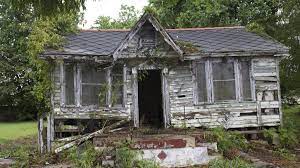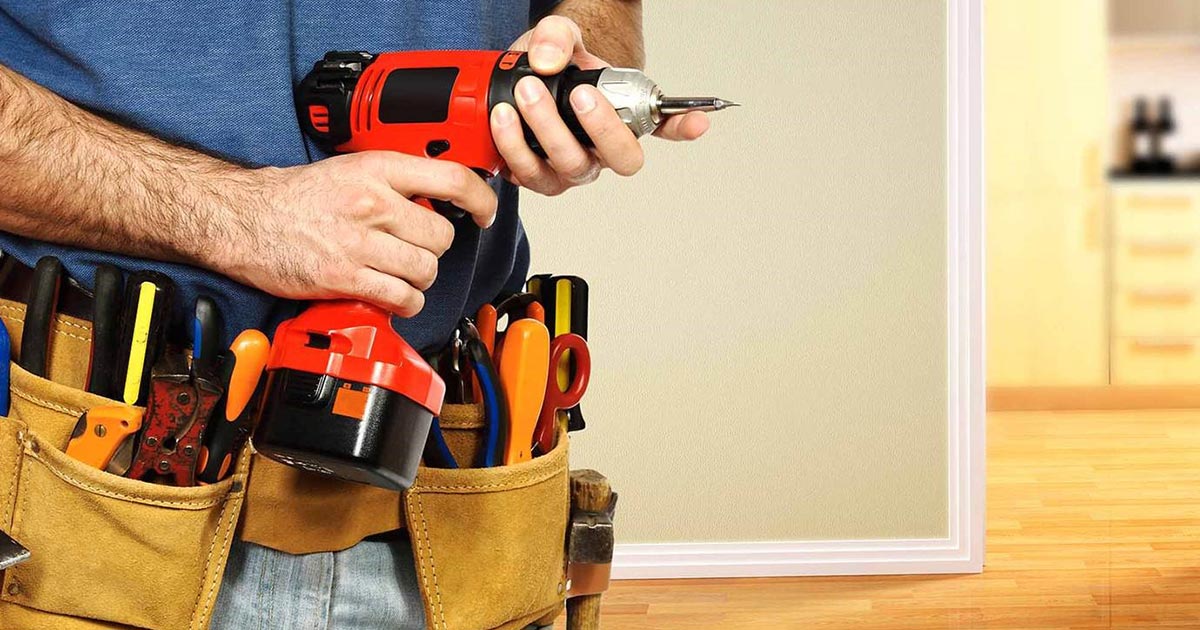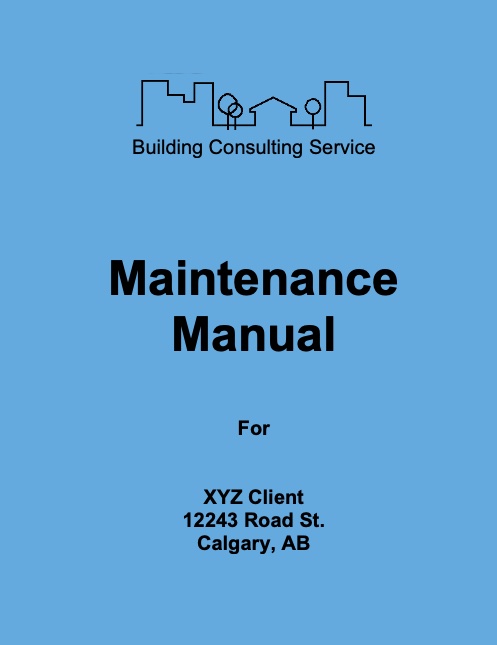Reserve Fund Studies, Building Life Cycle Reports and Maintenance Reports
A Reserve Fund Study (also know as a Depreciation Study) is a financial global review of a building’s depreciating property around a Condominium Corporation (also known as a Strata in British Columbia) and is used to determine the upcoming costs of replacement for the depreciating property. The Reserve Fund Studies (RFS) forecasts replacement of the depreciating property for a period of 40-50 years into the future, and is used to determine the value of what funds the owners should be contributing to the Reserve Fund on an annual or monthly basis, in order that there are sufficient funds within the Reserve Fund to pay for the replacement of such depreciating property as those items required replacement, and maintain the property in good order.
Reserve Fund Studies are a legal requirement for Condominium Associations and are required to be updated on a 5 year cycle in Alberta, and on a 3 year cycle in British Columbia (last I looked). RFS became a legal requirement as many Condominium Associations were not maintaining their property and letting the property get run down, only to have those owners sell with new owners buying in, and the new owners got hammered with all the heavy maintenance and replacement costs to bring the property back up to good order. An RFS is a great investment as it forces required maintenance and replacement forecasting, and in turn, maintains the property in good functional order, and good curb appeal, and protects the value of the property with respect to Real Estate values.
Building Consulting Services (BCS) does not do Reserve Fund Studies. However, we do work with a few other companies that do Reserve Fund Studies for Alberta and British Columbia. If you are in need of a Consultant to complete your Reserve Fund Study drop us an email and we can pass on some contacts.
BCS’ Building Life Cycle Reports and Maintenance Reports, while similar to a Reserve Fund Study is different, as the intent of use is different, but generally often go hand in hand, as they are closely related. However, there are often reasons for requesting one or the other or both together.
We have found over the years, that companies that do the Reserve Fund Studies like to have our Life Cycle Reports and Maintenance Report in hand when it comes time to complete the Reserve Fund Study.
BCS’ Life Cycle Reports
BCS’ Life Cycle Report for a building/property is a review of the current age, current condition, and current performance of the various building materials that were used to assemble the building/property, and includes an estimated life expectancy for those materials. Similar to a Reserve Fund Study as noted above. However, BCS’ Life Cycle Report is a more technical analysis of the current state of a property/building that provides life expectancy in the ‘as-is’ condition, and makes recommendations where applicable, as to what type of maintenance could be completed to re-furbish, or extend the life of those components and materials. Where applicable, we provide various options and notes regarding, if the various maintenance options were completed, what the new life expectancy of the repaired/re-furbished product would be in order to adjust the RFS.
The Condominium Corporation’s Council would then make choices as to which options they want to proceed with and pass that information on to the company completing the Reserve Fund Study, and the Reserve Fund Study can be adjusted for the maintenance costs and the revised life expectancy.
In the case of buildings/property that is not Condominium Corporation, for example; a single dwelling unit, an office building, a commercial building, or an industrial building, the BCS’ Life Cycle Reports are used to forecast and budget for required maintenance and/or replacement. We often complete Life Cycle Reports for persons looking to buy a commercial property prior to closing the Real Estate deal to understand the condition of the existing building and what future expenses they can expect to incur.
While a Life Cycle Report includes maintenance items, we prefer to talk about them separately, as, at the end of a Life Cycle Report, there would be a section on Maintenance Items.


BCS’ Maintenance Reports
A BCS’ Maintenance Report is generally included within a Life Cycle Report. However, we are often requested to complete a separate Maintenance Report. A BCS’ Maintenance Report is a detailed technical review of the items of the building/property that require reqular maintenance that is often over looked.
For example, some maintenance comments might be as follows.
- Re-caulk around the windows, doors, and other penetrations. More specifically the windows and doors on the south wall face.
- Replace the rain water leader (downspout ) at the north west corner.
- Rake the gravel ballast on the roof back over the exposed membrane locations.
- Build up the grade at the SE corner of the building to ensure grade slopes away from the building.
- Wood trim loose on south window. Requires proper securement
The above examples are rather vague, but we include photos and detailed notes. This is more intended as ‘needed’ maintenance at this time, that addresses all the various components and materials of the building, that currently need some repair to either improve the condition, functionality, and/or extend the life of the building materials.
BCS’ Maintenance Manual
A BCS’ Maintenance Manual is often built from the property data collected in the Maintenance Report. It is specific to the property and the building components on the property. The Manual is used mostly by Condominium Council members, building owners, and Property Managers. The Manuals provide the owner(s) with recommendations for regular maintenance specific to their property.
For example:
- Review caulking around windows, doors and other penetrations every 2-3 years, and repair as required
- Review grade slopes around the property to ensure proper site drainage and drainage away from the building.
- Wood staining on clear finished heavy time or logs on southern and west exposures to be refinished every 2-3 years, and 5 to 8 years on other wall exposures.
- Review balcony guardrail for securement every 2-3 years.
- Review roof drains for blockages every spring.
More detail is generally added to each item, but in general, these are the types of items you can expect in a BCS Maintenance Manual. Often many Condominium Corporation’s Council members have very little building experience and do not know where to even start with with respect to required/recommended ongoing preventative maintenance. And, even with some more experienced Councils, sometimes maintenance items are overlooked, or the experienced members on Council leaves, who has been there for years, and none of the new Council members know what the last persons did.
The BCS Maintenance Manuals provide direction for ongoing review and maintenance specific to the property.
